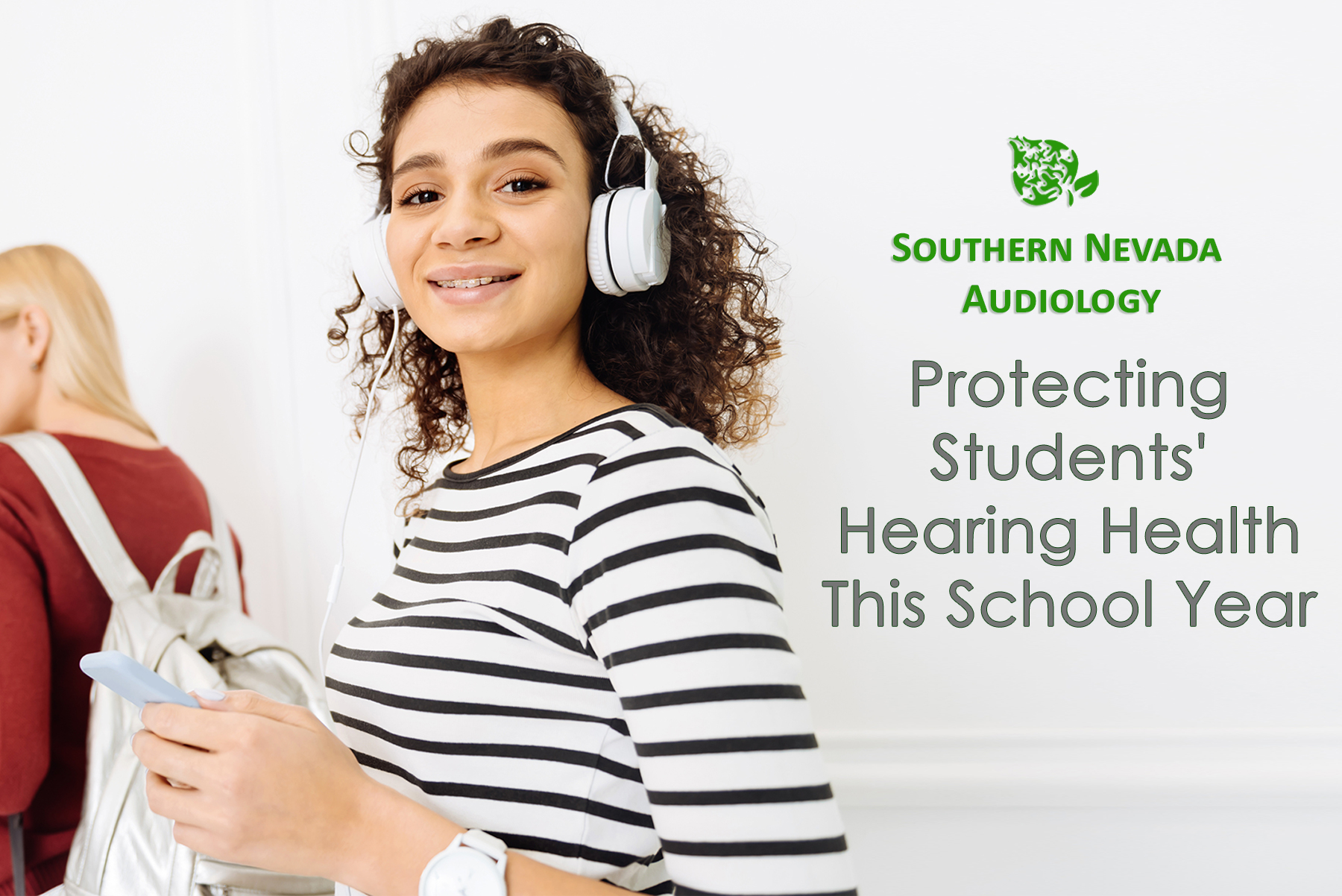As the new school year begins, students are gearing up for a wide range of activities, from pep rallies and concerts to hands-on classes like shop and mechanics. While these experiences are exciting and integral to a well-rounded education, they also expose students to potentially harmful levels of noise. Protecting hearing health is vital, especially as students dive back into the energetic and sometimes loud environments of school. Here’s how students of all ages, including college-level students, can safeguard their hearing during the school year.
The Risks of High Noise Levels
Many back-to-school activities involve high noise levels, which can cause temporary or even permanent hearing damage. Pep rallies, sports events, and concerts often feature loud music and cheering that can exceed safe noise levels. Classes like shop, mechanics, and even band practice can also expose students to high decibel levels from machinery, tools, and instruments.
According to the World Health Organization, prolonged exposure to sounds above 85 decibels can damage hearing. For context, a typical pep rally or concert can reach 100 decibels or more, making ear protection a necessary consideration.
Strategies for Protecting Hearing Health
Wear Ear Protection: One of the most effective ways to protect hearing in loud environments is by wearing ear protection. Earplugs or earmuffs can significantly reduce noise levels while still allowing students to enjoy events and participate in classes. For younger students, parents and teachers can help ensure they wear ear protection during loud activities. College students should make it a habit to carry earplugs with them, especially when attending concerts, sports events, or classes that involve loud machinery.
Monitor Noise Levels: Both teachers and students can benefit from monitoring the noise levels in classrooms and during school events. Smartphone apps like Sound Meter or Decibel X can measure decibel levels and provide real-time feedback. If noise levels exceed safe thresholds, it’s time to implement hearing protection strategies or take breaks to give ears a rest.
Take Listening Breaks: Encourage students to take regular breaks from noisy environments. Whether it’s stepping outside for a few minutes during a pep rally or turning off loud machinery in a shop class, these breaks can give their ears a chance to recover and reduce the risk of hearing damage.
Choose Quiet Zones: Schools can designate quiet zones where students can take a break from the noise. These areas provide a space for students to rest their ears, especially after attending loud events or classes. For college campuses, libraries and study rooms can serve as excellent quiet zones where students can relax and recharge.
Get Regular Hearing Checks: Early detection of hearing issues is key to preventing long-term damage. Both children and college students should have their hearing checked regularly, especially if they participate in activities with high noise exposure. Schools can partner with local audiologists to provide hearing screenings, or parents can schedule annual check-ups with their child’s healthcare provider.
Promoting Awareness
Raising awareness about hearing health is essential. Schools can include hearing protection tips in their newsletters, during orientations, or as part of health education classes. College campuses can host workshops on the importance of hearing health and provide resources like earplugs at events.
By taking proactive steps, students can enjoy the excitement of the school year while safeguarding their hearing health for years to come. Whether it’s through wearing ear protection, taking breaks, or getting regular hearing checks, these strategies ensure that students can participate fully in school activities without compromising their hearing.

